Cairns building design: Is our CBD becoming a heat sink?
Oppressive slabs of asphalt and iron have turned parts of the Cairns CBD into heat sinks that rival the eighth circle of hell when the midday sun hits its peak.
Cairns
Don't miss out on the headlines from Cairns. Followed categories will be added to My News.
OPPRESSIVE slabs of asphalt and iron have turned parts of the Cairns CBD into heat sinks that rival the eighth circle of hell when the midday sun hits its peak.
Anyone who has stood in a Bunning’s Warehouse carpark in the middle of summer knows exactly what they do not want their city to become.
Buildings and bitumen uninterrupted by shade trees, plants and other heat-dissipating elements have turned these pockets into urban ovens.
They can be found in pockets all over the city – not least at the exposed corner of Aplin and Sheridan streets – but there are calls for change.
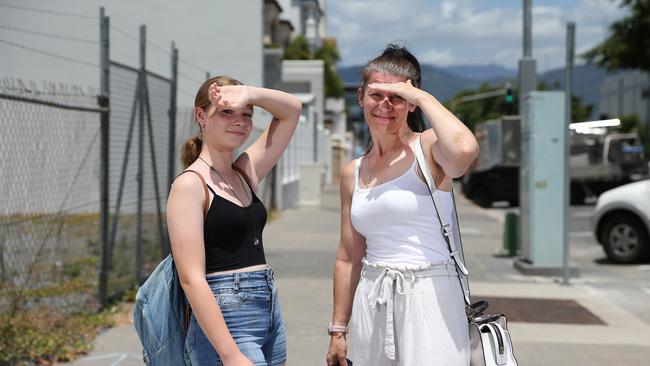
Division 2 Cairns regional councillor Rob Pyne has spoken out about the extreme heat caused by poor design in the city-centre and the danger posed to elderly and disabled residents.
“I think there should be a renewed commitment to greening up those parts of Cairns,” he said.
“We’ve seen council do a lot of work around physical infrastructure, some good engineering work and what not.
“But they are replacing large, shady trees with smaller ones.
“I think we need to be working to have maximum shade over those areas that will even provide shade to cars at certain times of the day, so people aren’t always getting into a sauna.”
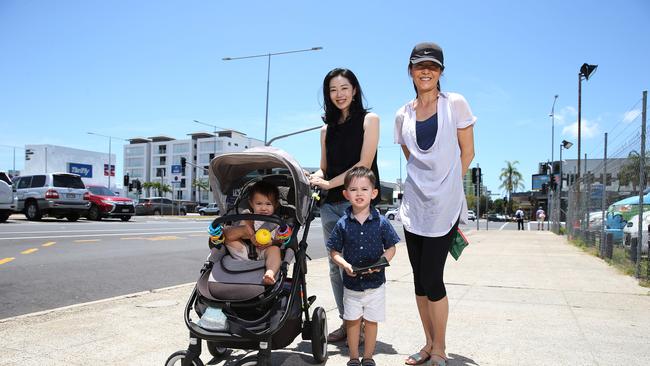
There are plenty of examples of best-practice design around the city, with beautiful shade trees and gardens breaking up what would otherwise become inner-city kilns.
Cr Pyne flagged the memorial garden to murdered Japanese teen Michiko Okuyama outside the Cairns Performing Arts Centre as one such positive instance.
The issue is not restricted to the CBD.
Cairns Post readers have expressed serious concerns about the density of new suburban housing estates – including areas like Bluewater in Trinity Beach where some houses are so close they almost touch.
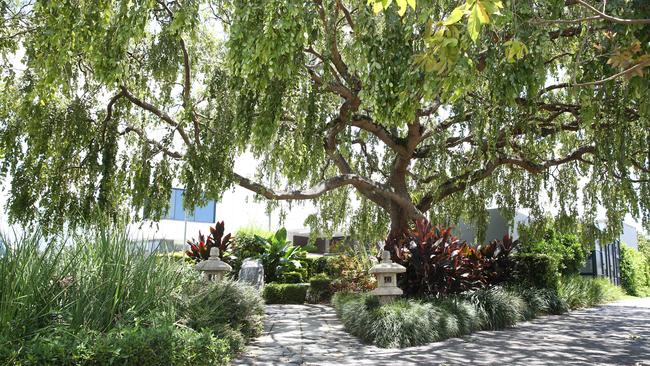
The council has developed a Designing for Density in the Tropics guide that specifically promotes passive design that “that works with the environment to exclude unwanted heat or cold and takes advantage of the sun and breezes”.
However, it is not a statutory document and developers have no requirement to follow its suggestions.
Cr Pyne said something with more teeth was needed to enforce best-practice design.
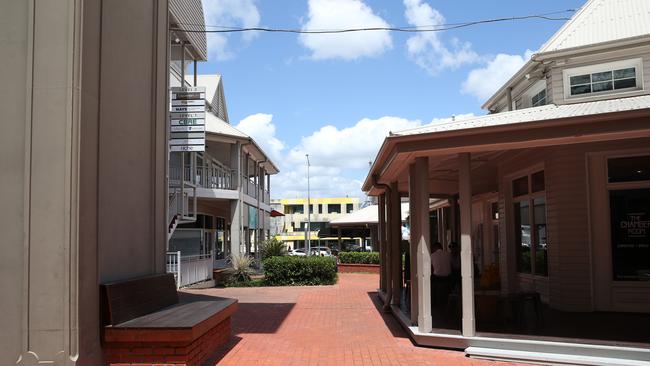
“I was around when (former mayor) Val Schier put out a tropical architecture guide,” he recalled.
“It’s a matter of stop talking about these things and start doing them.”
Cairns is by no means some desolate wasteland where cement and steel have conquered all nature.
The 2020 Where Will All the Trees Be report found Cairns still had the highest green coverage of any city at 82.9 per cent.
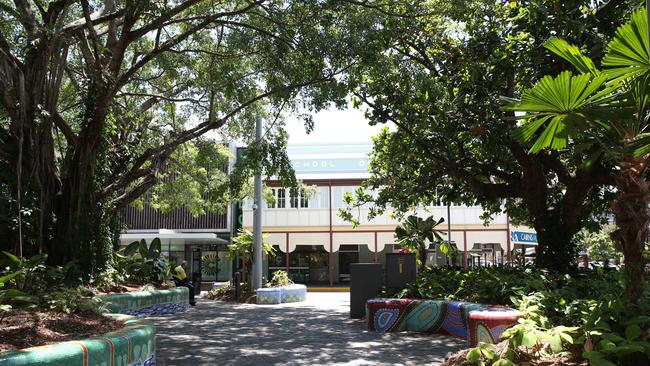
However while 63 per cent of places increased green coverage from 2016-2020, Cairns was one of those on the slide – albeit by a relatively small amount.
More Coverage
Originally published as Cairns building design: Is our CBD becoming a heat sink?




